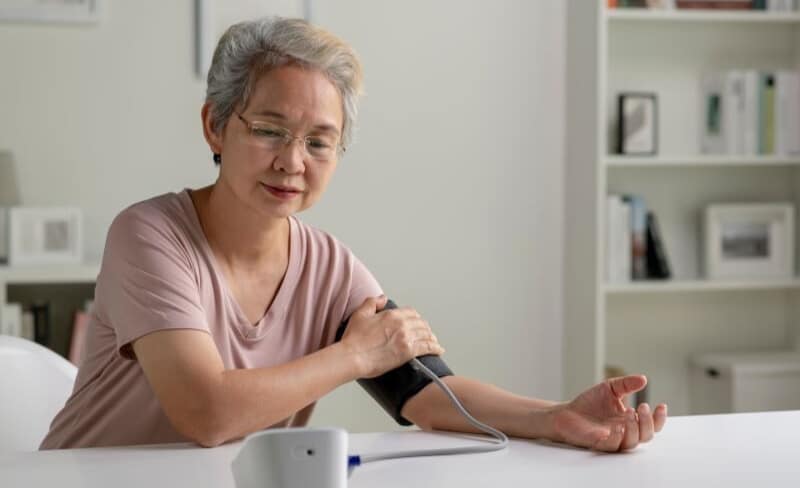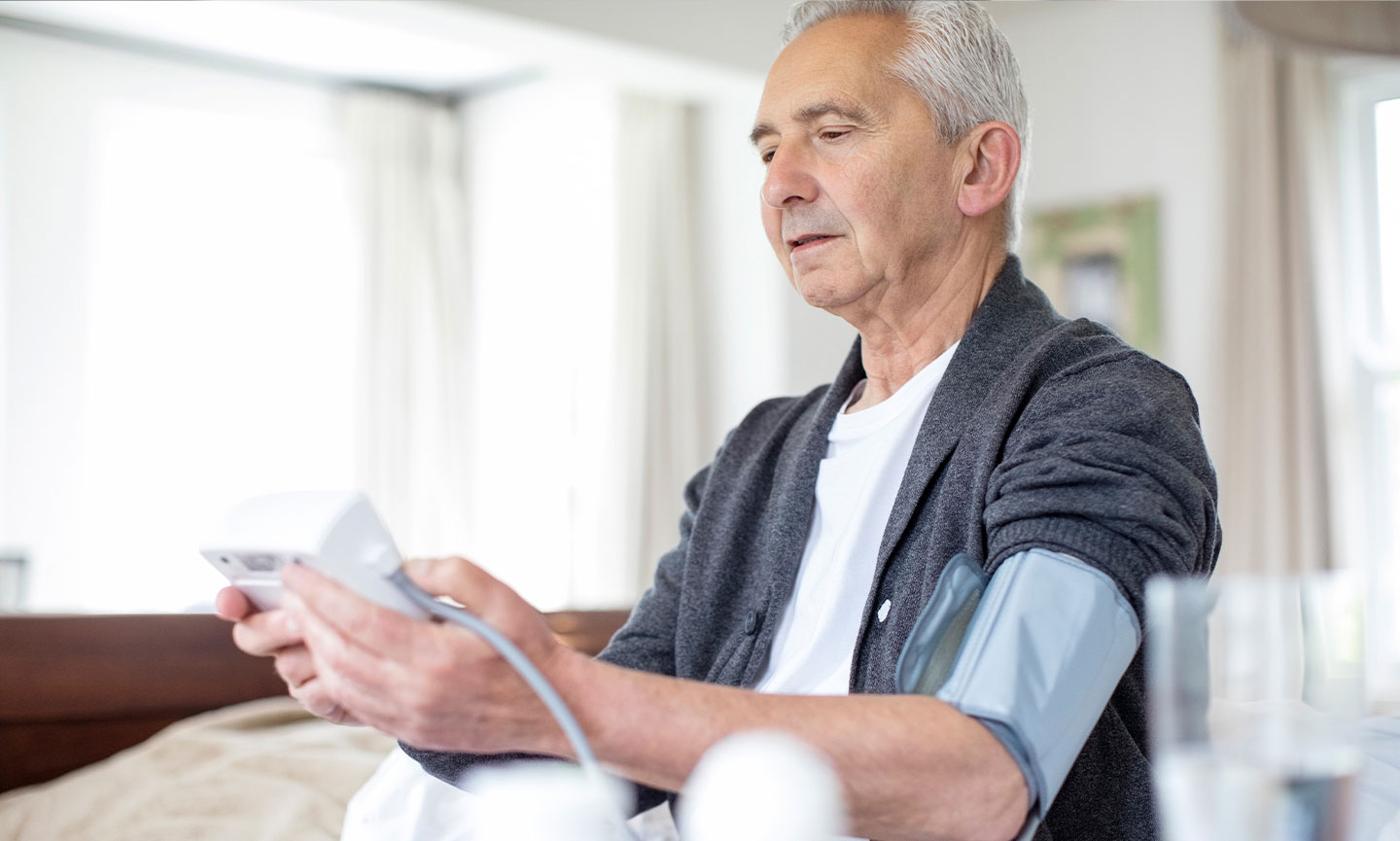Remote patient monitoring devices are transforming healthcare by enabling patients to manage their health from the comfort of their homes. These innovative tools not only empower individuals to take an active role in their health but also provide healthcare providers with real-time data, enhancing the quality of care. From blood pressure cuffs to glucometers and pulse oximeters, these devices are designed to be user-friendly and require minimal patient education. As we explore the common types of RPM devices, it becomes clear how they are making significant strides in monitoring chronic conditions and overall health monitoring.
There are several common types of RPM devices, many of which require very little if any patient education. These include:
- Blood Pressure Cuffs: As an RPM device, a blood pressure cuff can play a role in the treatment of conditions like diabetes, kidney dysfunction, and hypertension (which, according to the CDC, affects nearly half of American adults). Blood pressure cuffs are easy for patients to use in their own homes, with the data sent to providers in real-time.
- Glucometers: Around 1 in 10 Americans are estimated to have Type 1 or Type 2 diabetes, which requires regular monitoring of blood sugar levels—often several times per day. While at-home testing is nothing too new, modern glucometers that automatically collect and transmit results to healthcare providers is a relatively new innovation.
- Pulse Oximeters: Perhaps not as familiar to most people as the other devices in this list, pulse oximeters are used for determining blood oxygen levels, as well as a patient’s pulse. Another non-invasive, easy-to-use device simply clips to a patient’s finger and works by measuring light wavelengths as they pass through. Useful for chronic conditions like COPD or congestive heart failure, pulse oximeters provide patients and providers with important, real-time information pertaining to lung function.
- Scales: Scales are useful for tracking weight change over time—which has applications beyond simple weight management, especially when you consider weight loss or gain as a potential symptom of other conditions or side effects of medication or other treatments. Virtually every patient is already familiar with how to properly use a scale, and they are not responsible for logging and organizing their readers—that information is transmitted automatically.
- Electrocardiograms (ECG), Stethoscopes: Healthcare professionals use ECGs and stethoscopes as a non-invasive way to monitor the activity and function of the heart. Remote cardiac monitoring has a wide range of applications, including rhythm monitoring (analyzing the functioning of devices like pacemakers), disease prevention (in the case of suspected heart conditions), post-operative monitoring, and more.
- Thermometers: Another highly familiar and easy to use RPM device is the basic thermometer, which measures a patient’s body temperature. There are several kinds of remote-enabled thermometers, including non-touch (forehead scanning) thermometers as well as the traditional type that goes under a patient’s tongue.
- Wearable Trackers: Wearable activity trackers and continuous monitoring devices provide a different sort of remote monitoring—one less driven by specific symptoms and more by maintaining overall health. Some continuous monitoring devices include smart stickers or patches, as well as common activity trackers like pedometers, Fitbits, or smart watches.
Who Pays for Remote Patient Monitoring Devices?
For patients who are learning about remote patient monitoring for the first time, one of the questions healthcare providers hear most often relates to the cost—including that of the devices themselves as well as the data transmission. Fortunately, the cost of RPM devices is rarely if ever considered to be prohibitive—and there is help available for reimbursing some (if not all) of the cost.
Are Remote Patient Monitoring Devices FDA-approved?
The FDA has approved a number of RPM device classes, including certain telehealth platforms as well as monitoring devices for heart rate and rhythm, blood pressure, oxygen saturation, and glucose. Over time, it’s expected that the list of FDA approved wearable devices will continue to grow as new technologies emerge.
With the onset of the COVID-19 pandemic, the FDA took the additional step of issuing Emergency Use Authorizations (EUAs) “for certain remote or wearable patient monitoring devices to help increase the availability of monitoring and treatment of patients and to help address reduction of healthcare provider exposure to SARS-CoV-2.”
Manage All Your Remote Patient Monitoring Devices with TimeDoc Health
The TimeDoc Health team knows how important each of these RPM devices are. Our focus is on providing easy-to-use cellular-enabled devices so that patients can effectively monitor their conditions without barriers. Our straightforward devices don’t need Wi-Fi connectivity or complex setups so even patients who are not tech-savvy can use them.
And, on the other side of the equation, we make sure that the data is transmitted securely and directly from our platform onto the patient chart in the EHR (electronic health record). This is an important step to make sure that patient-submitted vitals are automatically updated in the patient’s health record. You can also contact us with any questions, or to get started with RPM and TimeDoc Health today.




